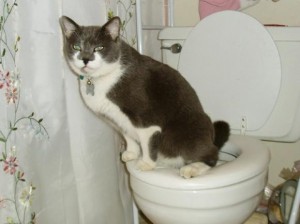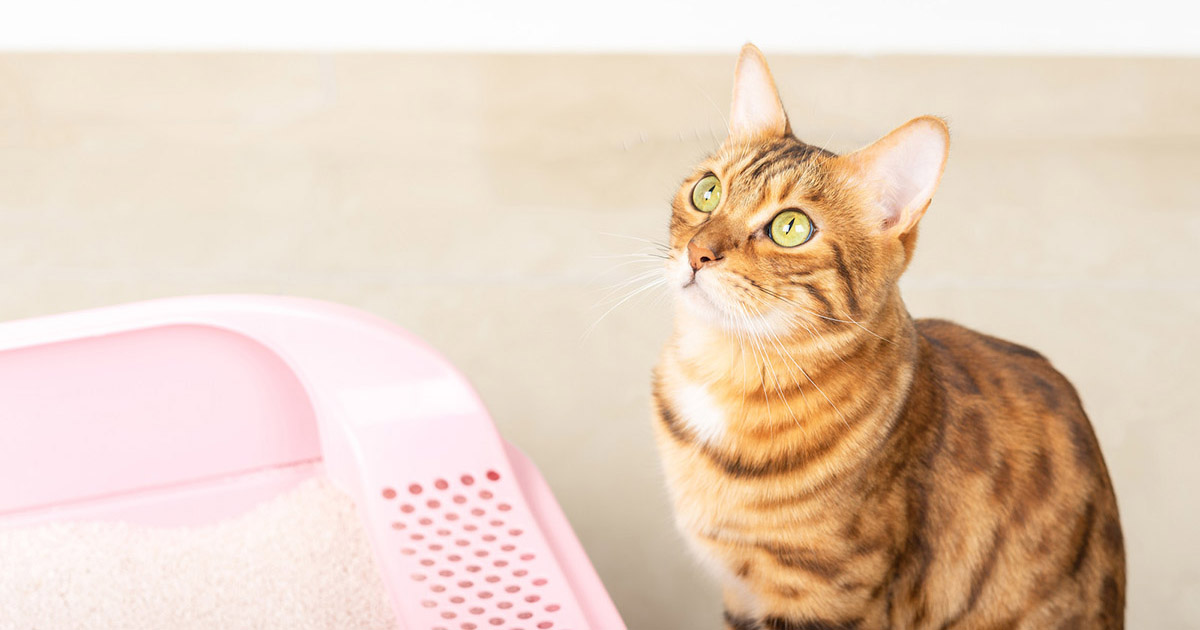Exploring Why Animal Waste Has to Not Be Flushed Down the Toilet
Exploring Why Animal Waste Has to Not Be Flushed Down the Toilet
Blog Article
In this article on the next paragraphs you can get a lot of good quality insight around Should you flush animal waste down the toilet.

When it involves dealing with waste, especially animal waste, lots of people usually consider the hassle-free option of flushing it down the commode. Nevertheless, this apparently easy remedy can have severe repercussions for the setting and public health. In this write-up, we'll discover why flushing animal waste down the bathroom is a negative concept and offer alternate approaches for appropriate disposal.
Introduction
Proper waste disposal is critical for keeping ecological sustainability and public health. While it may appear harmless to flush animal waste down the commode, it can cause different issues, both for the atmosphere and human wellness.
Dangers of flushing animal waste
Environmental influence
Flushing animal waste introduces harmful microorganisms and virus right into rivers, which can adversely influence water environments. These microorganisms can infect water sources and injury marine life, interfering with fragile ecosystems.
Public health concerns
Animal waste has unsafe germs such as E. coli and Salmonella, which can present major wellness threats to humans. Flushing pet waste down the toilet can infect water supplies, leading to the spread of diseases and infections.
Alternatives to flushing
As opposed to purging pet waste down the commode, there are numerous alternate disposal approaches that are extra eco-friendly and hygienic.
Composting
Composting pet waste is an environmentally friendly method to deal with it. By composting, raw material is broken down right into nutrient-rich soil, which can be used to fertilize gardens and plants.
Landfill disposal
Getting rid of animal waste in a land fill is another option. While not as environmentally friendly as composting, it is a more secure alternative to flushing, as it avoids the contamination of water sources.
Pet waste disposal systems
There are customized pet waste disposal systems offered that securely and hygienically dispose of animal waste. These systems commonly make use of enzymes to break down waste and eliminate smells.
Actions to correct pet garbage disposal
To guarantee correct disposal of pet waste, follow these steps:
Scooping and nabbing waste
Routinely scoop and bag pet waste making use of eco-friendly bags. This avoids waste from contaminating the setting.
Making use of designated waste containers
Dispose of bagged pet waste in assigned waste containers, such as garden compost containers or land fill bins. Stay clear of flushing it down the commode whatsoever costs.
Cleaning litter boxes and pet locations consistently
Consistently tidy can and pet dog areas to stop the build-up of waste and bacteria. Use pet-safe cleaning items to preserve health.
Benefits of proper disposal approaches
Adopting proper disposal approaches for animal waste supplies numerous benefits:
Minimized environmental pollution
Correct disposal techniques reduce the danger of environmental pollution, securing rivers and ecosystems from contamination
Reduced threat of water contamination.
By avoiding flushing website animal waste down the commode, the risk of water contamination is considerably reduced, securing public health.
Improved sanitation and health
Proper disposal techniques promote far better hygiene and hygiene, producing a more secure environment for both humans and animals.
Conclusion
To conclude, flushing animal waste down the commode is damaging to the environment and public health. By embracing alternate disposal methods and following proper waste monitoring methods, we can lessen the negative impact of animal waste and add to a cleaner, healthier planet.
What To Do With Dog Poo – The Do's And Don'ts Of Disposing Of Faeces
Dog poo bins
Some councils provide dedicated dog waste bins in popular dog-walking areas that can take dog poo that has been bagged but you can legally dispose of dog waste in any public litter bin, as long as it is securely bagged. This also applies to your wheelie bin at home.
Do not flush
Water companies do not recommend flushing dog faeces down the toilet because certain parasites can survive the water processing treatment and are potentially harmful to humans. You should also never consider flushing dog poo that has been bagged down the toilet as the bags will not break down and instead create severe blockages in the sewage system.
In the woods
The Forestry Commission promotes a ‘stick and flick’ method for dealing with waste in the woods. This means finding a stick and using it to flick any poo from off the path so that it is out of the way of other walkers. You could also bury it as long as it is not in an area where there might be livestock.
Livestock
Parasites found in dog poo can be transmitted to livestock if they inadvertently eat infected faeces that has been left on grazing land. This could result in the death of sheep or abortion in cattle so you should always make sure you pick up your dog’s waste in fields where livestock could be present.

Consistently tidy can and pet dog areas to stop the build-up of waste and bacteria. Use pet-safe cleaning items to preserve health.
Benefits of proper disposal approaches
Adopting proper disposal approaches for animal waste supplies numerous benefits:
Minimized environmental pollution
Correct disposal techniques reduce the danger of environmental pollution, securing rivers and ecosystems from contamination
Reduced threat of water contamination.
By avoiding flushing website animal waste down the commode, the risk of water contamination is considerably reduced, securing public health.
Improved sanitation and health
Proper disposal techniques promote far better hygiene and hygiene, producing a more secure environment for both humans and animals.
Conclusion
To conclude, flushing animal waste down the commode is damaging to the environment and public health. By embracing alternate disposal methods and following proper waste monitoring methods, we can lessen the negative impact of animal waste and add to a cleaner, healthier planet.
What To Do With Dog Poo – The Do's And Don'ts Of Disposing Of Faeces
Dog poo bins
Some councils provide dedicated dog waste bins in popular dog-walking areas that can take dog poo that has been bagged but you can legally dispose of dog waste in any public litter bin, as long as it is securely bagged. This also applies to your wheelie bin at home.
Do not flush
Water companies do not recommend flushing dog faeces down the toilet because certain parasites can survive the water processing treatment and are potentially harmful to humans. You should also never consider flushing dog poo that has been bagged down the toilet as the bags will not break down and instead create severe blockages in the sewage system.
In the woods
The Forestry Commission promotes a ‘stick and flick’ method for dealing with waste in the woods. This means finding a stick and using it to flick any poo from off the path so that it is out of the way of other walkers. You could also bury it as long as it is not in an area where there might be livestock.
Livestock
Parasites found in dog poo can be transmitted to livestock if they inadvertently eat infected faeces that has been left on grazing land. This could result in the death of sheep or abortion in cattle so you should always make sure you pick up your dog’s waste in fields where livestock could be present.

Hopefully you enjoyed reading our topic on 4 Reasons Why Dog Poop Cleanup is Important. Many thanks for spending some time to read our content. Enjoyed reading our write up? Please share it. Let somebody else discover it. We thank you for reading our article about Should you flush animal waste down the toilet.
Book Report this page